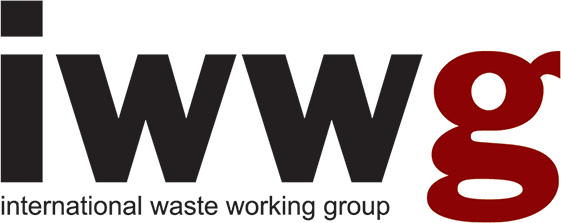INNOVATIVE RECYCLING OF END OF LIFE SILICON PV PANELS: RESIELP
- Pietrogiovanni Cerchier - Department of Industrial Engineering, University of Padova, Italy
- Katya Brunelli - Department of Industrial Engineering, University of Padova, Italy
- Luca Pezzato - Department of Industrial Engineering, University of Padova, Italy
- Claire Audoin - University Grenoble Alpes, France
- Jean Patrice Rakotoniaina - University Grenoble Alpes, France
- Teresa Sessa - Relight srl, Italy
- Marco Tammaro - ENEA, Italy
- Gianpaolo Sabia - ENEA, Italy
- Agnese Attanasio - CETMA, Italy
- Chiara Forte - ITO srl, Italy
- Alessio Nisi - ITO srl, Italy
- Harald Suitner - PROJEKTkompetenz.eu GmbH, Austria
- Manuele Dabalà - Department of Industrial Engineering, University of Padova, Italy
- Available online in Detritus - Volume 16 - September 2021
- Pages 41-47
Released under CC BY-NC-ND
Copyright: © 2020 CISA Publisher
Abstract
In Europe, an increasing amount of End of Life (EoL) photovoltaic silicon (PV) panels is expected to be collected in the next 20 years. The silicon PV modules represent a new type of electronic waste that shows challenges and opportunities. ReSiELP was a European project that aimed at recovery of valuable materials (aluminum, glass, copper, silicon, and silver) from EoL silicon PV modules. During the project a pilot plant, constituted by a furnace, a gas abatement system, an apparatus for the mechanical separation and a hydrometallurgical plant was designed and built. The pilot plan was realized to upscale recycling technology to TRL 7, with a 1500 panels/year capacity. The feasibility of industrial-scale recovery and the reintegration of all recovered materials in their appropriate value chain was investigated. The results obtained showed that 2N purity silicon and 2N purity silver can be recovered with high efficiency. In order to realize a zero-waste plant, a hydrometallurgical process was developed for the wastewater treatment. Moreover, the use of recovered glass for building materials was investigated and the obtained performance seemed comparable with commercial products.Keywords
Editorial History
- Received: 30 Sep 2020
- Revised: 16 Apr 2021
- Accepted: 23 Jun 2021
- Available online: 30 Sep 2021
References
Choi, J., & Fthenakis, V. (2010). Design and optimization of photovoltaics recycling infrastructure. Environ. Sci. Technol., 44, 8678–8683.
DOI 10.1021/es101710g
Dias, P. R., Benevit, M. G., & Veit, H. M. (2016). Photovoltaic solar panels of crystalline silicon: Characterization and separation. Waste Manag. Res., 34(3), 235-245.
DOI 10.1177/0734242X15622812
European Commision, (2015). Report on critical raw materials for EU
Jäger-Waldau, A. (2017). PV Status Report 2017
Korjakins, A., Shakhmenko, G., Bajare, D., & Bumanis, G. (2012). Effect of ground glass fineness on physical and mechanical properties of concrete. Proceedings of the 10th International Congress for Applied Mineralogy (ICAM) (pp. 395-402). Berlin: Springer.
DOI 10.1007/978-3-642-27682-8_47
Müller, A., Wambach, K., & Alsema, E. (2006). Life Cycle Analysis of Solar Module Recycling Process. Mater. Res. Soc. Symp. Proc. (p. 895). Materials Research Society
Paiano, A. (2015). Photovoltaic waste assessment in Italy. Renew. Sust. Energ. Rev., 41, 99-112.
DOI 10.1016/j.rser.2014.07.208
Sgarioto, S., Cerchier, P., Brunelli, K., Pezzato, L., Dabala, M., Tammaro, M., . . . Rakotoniaina, J. (2018). ReSiELP: Recovery of Silicon and other materials from End-of-Life Photovoltaic Panels. Proceedings of SUM2018. Bergamo
Tamanna, N., Mohamed Sutan, N., Lee, D., & Yakub, I. (2013). Utilization of waste glass in concrete. chez 6th International Engineering conference, Energy and Environment (ENCON) (pp. 323-329). At Kuching: Research Publishing.
DOI 10.3850/978-981-07-6059-5_090
IRENA and IEA-PVPS (2016), End-of-Life Management: Solar Photovoltaic Panels. International Renewable
Energy Agency and International Energy Agency Photovoltaic Power Systems
Xu, Y., Li, J., Tan, Q., Peters, A. L., & Yang, C. (2018). Global status of recycling waste solar panels: A review. J. Waste Manag., 75, 450–458.
DOI 10.1016/j.wasman.2018.01.036




